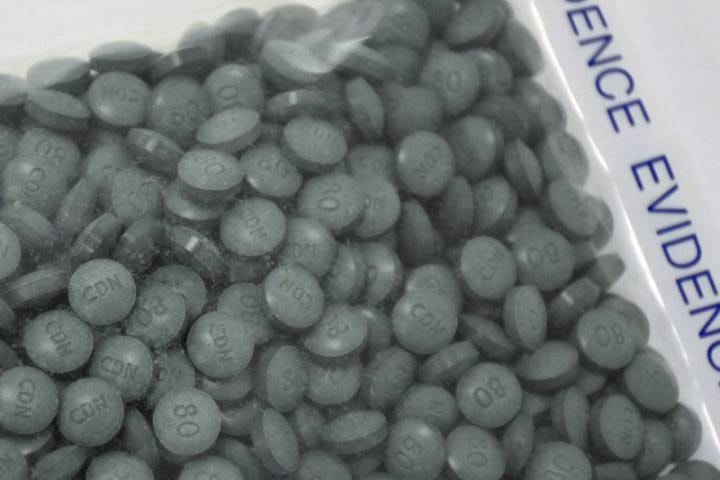Health experts and officials met in Ottawa last week trying to come to terms with an opiate crisis sweeping the country.
The meetings were on the heels of BC Premier Christy Clark’s visit to Ottawa last week to ask for national help with the crisis in this province. The B.C. Coroner’s Service said last Wednesday 622 people have died from drug overdoses in the first 10 months of 2016.
Clark told officials in Ottawa that there were things the federal government could do such as including banning pill presses used to make illicit drugs, spending more on policing, giving border guards more powers and reaching out to China to stop illegal drugs before they get to Canadian shores.
Later, Federal Health Minister Jane Philpott signed a Joint Statement of Action to Address the Opioid Crisis, which charts a comprehensive, national plan.
But what do the people on the ground — those who work at addiction centres and in addiction counseling — feel is needed?
Dean Nicholson from East Kootenay Addiction Services says it’s going to require a change in the national consciousness.
“As a nation, we must look at it as a public health issue; not a law and order issue. If we only look at it as ‘people are using drugs, we have to stop them’, good luck with that.
“The issue of substance abuse is part of our culture. Opioids, fentanyl are just the latest wave. Ten years ago it was crack cocaine. The fact that fentanyl is being put into drugs where you may not expect it is just another wrinkle.”
And of immediate concern to those who work directly with users, is that people are dying.
“In the short term, we need to reduce risk,” Nicholson said. “That’s looking at things like the clean injection site in Vancouver, and even providing really entrenched users with clinical, clean heroin. To keep people from dying we need noxolone kits, education and cleaner drugs.”
Naloxone, sold under the brand name Narcan among others, is a medication used to block the effects of opioids, especially in overdose.
East Kootenay Addictions is getting noxolone kits out to users, and families of users.
“We give kits to everybody who could be at risk of an overdose. If you are at risk, we train you and give you a kit. Cocaine users can be at risk because fentanyl is being found in it. So we give them kits.”
Another thing that might help in this area, Nicholson says, is to have more doctors willing to prescribe addicts with drugs such as suboxone and methadone.
Suboxone and Methadone are used to treat patients with opioid dependency or addiction. They are both synthetic opioids.
“We don’t currently have anyone in the EK who prescribes these drugs,” he said. “We have 80 or 90 people participating in a tele-clinic from Kamloops.
“To go into a suboxone or methadone program, it’s a long term program. More local access to that, working with doctors who prescribe it, would create a local health network rather than relying on computers.”
“During the opioid conference on Friday, the federal Standing Committee on Health released a report on the opioid crisis in Canada,” saId B.C.’s Minister of Health Terry Lake. “The report echoes what B.C. is calling for and we support the federal government in adopting the 38 recommendations and implementing a national strategy.
“This is one of the most severe public health emergencies of our time, and while the situation is most acute in British Columbia, no jurisdiction is immune. People are dying from overdoses in every province and territory in Canada.”
